60 artworks by 50 artists exhibited in Thamel
2 days ago
We are a team of professional management and journalists — one of the best in the Nepali media. Our duty toward our readers is to provide them with impartial news, bold views, in-depth analysis and thought-provoking commentary. We shall do this without fear or favor, and we shall be guided by nothing but our conscience.
Know More
7 days ago

16 days ago
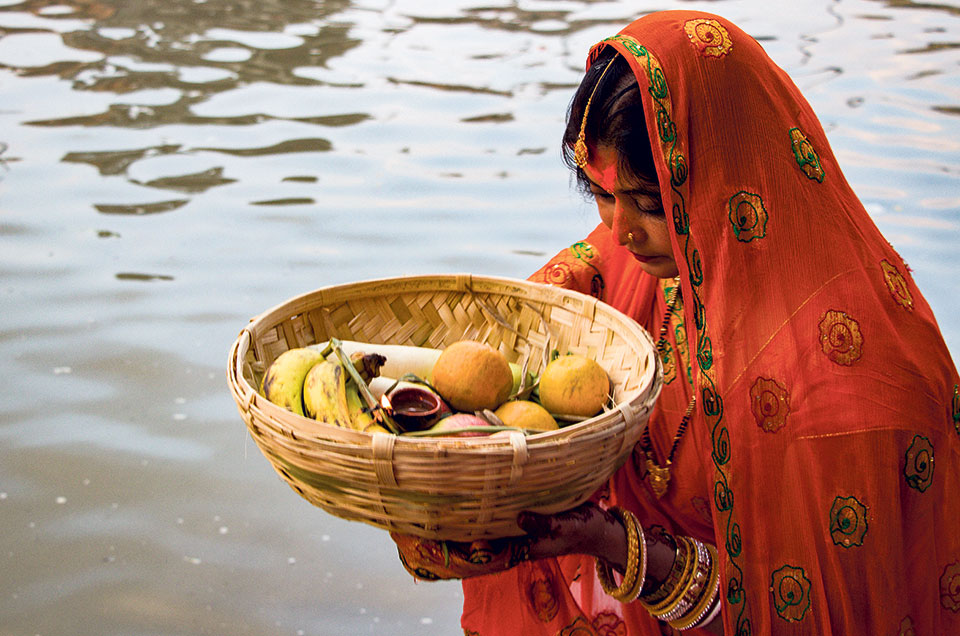
KATHMANDU, Nov 14: Chhath is celebrated all across the country including Kathmandu. The three-day long festival is celebrated by worshipping Sun God and fasting by married women for the familial harmony and prosperity. It began on Monday this year and ends on Wednesday. On this occasion, the devotees and followers gather at different water resources in the valley to mark the festival. The festival is observed in different places inside the Valley including the banks of Bagmati river, Kamal Pokhari, Nag Pokhari, Dhobighat, Gujeswori, and Machha Pokhari among others. The age-long significances of the occasion share a firm root to the ancient practices and cultural values of followers especially belonging from the Eastern part of Nepal.
Fasting fervor
The first day is celebrated by cleaning and preparing food for the fast. Three major dishes like Thekua, Khajuri and Bushwa are cooked which is used as offerings to the Sun God. Likewise, the devotees, especially married women, also take partial fast on the first day—eating Prasad (food offered to God) like kheer and puri.
Fasting is an inalienable aspect of Chhath Parva. On the second day, married women, especially mothers fast all day long. They even don’t drink water, for the familial harmony, well-being and prosperity. The devotees worship the setting Sun on the second day of the festival where their fast ends on the last day after worshiping the rising Sun.
Women gather at the bank of water resources to worship the Sun God. The second day is the highlight of the festival. An avalanche of people gathers at the bank of water resources. During this time the bank of water resources are decorated with lights and more. Moreover, it is in the third or last day of the festival when women break their fast and distribute offerings among family members and followers accordingly.
Worshiping Chhathi Mai
Like Teej, the festival of Chhath is led by married Hindu women. It is believed that the festival is celebrated for the well being and prosperity of family. The devotees also worship Chhathi Mai on the three days festival.
As the ritual of the Puja, devotees make Shiva Linga on the second day of the festival at the bank of water resources. Then, all offering such as fruits, flowers and sweets are assembled in an order.
The Puja begins with lighting a lamp. Forty-five years old Geeta Devi Sah from Rajbiraj was preparing for the rituals at the bank of Kamalpokhari, Kathmandu on Tuesday. She said, “The festival is not expensive and even people below poverty line can celebrate the festival. This is our biggest festival and every year I fast on this occasion for my family.” Sah has been fasting on Chhath from past 19 years. It is believed that the festival should be continued to celebrate and if a person cannot celebrate it, they offer two sets of offering the year after. When asked what is the difference between celebrating Chhath in Rajbiraj and Kathmandu. “Likewise, festive vibes of home town and capital are totally different. The same rituals are done for the rising sun of third day and then the offerings are distributed among the people as a Prasad. After completing the rituals of third day women break their fast,” added Sah.
Youth’s participation
As women from each family run their tireless effort for the betterment of the family, the young members of the family assist in the worshipping procedure. Since numerous baskets of offerings are placed forth on the banks of the water resources, the work likely gets efficient with more helping hands.
The festival equally fascinates youth as it does the elder family members. Dressed in bright vermilion colors, young girls carry out prior proceedings beforehand Puja. “Chhath is celebrated with much exuberance at Rajbiraj near the banks of Koshi River. It’s more convenient to make the offerings there due to the leveled and spacious banks of Koshi,” added Sah.
The fun part of celebrating the Parva in Kathmandu is the extended amenities to celebrate the occasion through a variety of foods and live music,” shared 28-year-old Pinky Sah.
“We have grown up observing our mothers fasting and performing Puja every year. I believe participating in this holy precision we are making ourselves prepared for the fourth coming days when we actually have to lead the Puja on our own,” said 22-year-old Sughanda Mishra.
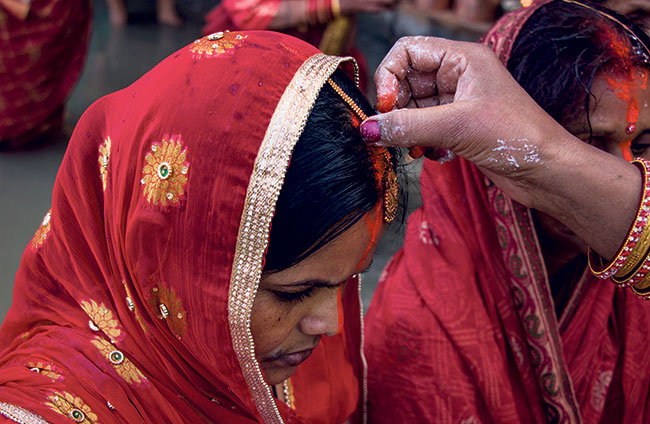
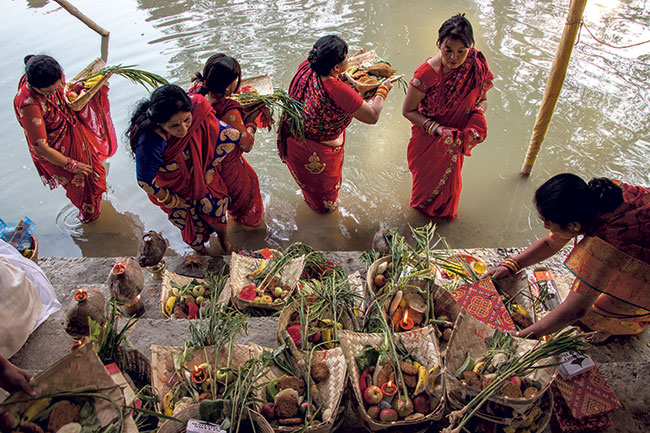
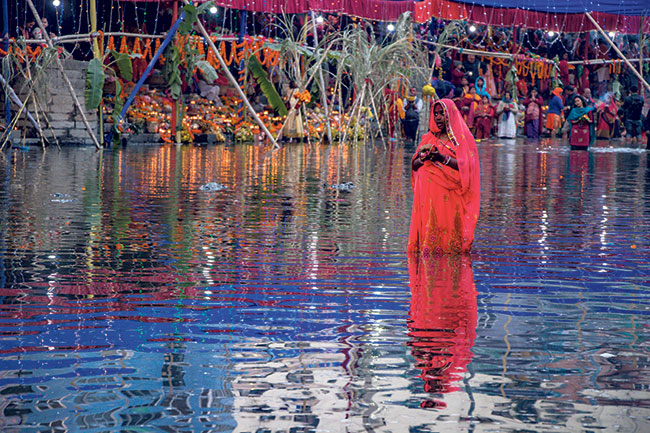
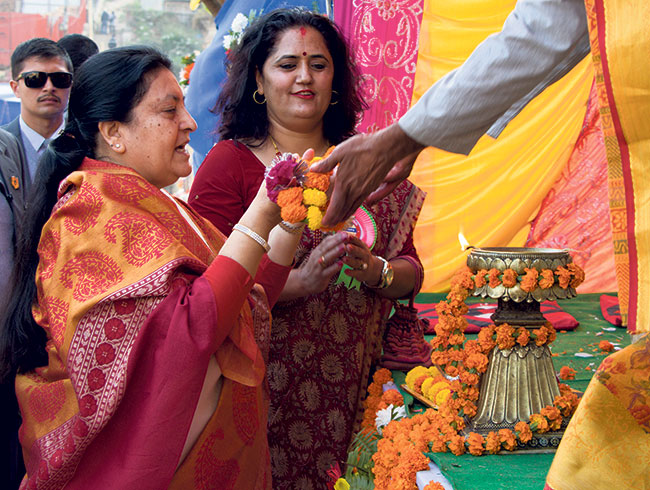
Leave A Comment